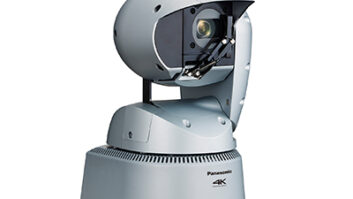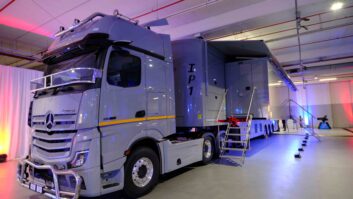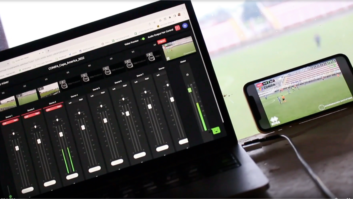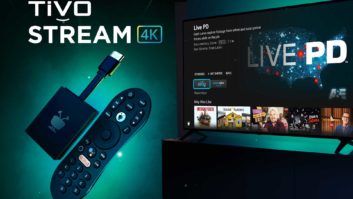
New television technology usually comes to the fore first for sport, but with 4K that might not be the case, according to several speakers at the recent Beyond HD Masters conference. Despite the fact that this week’s Wimbledon is being shot in 4K, current technology falls short of what sports broadcasters want.
One of the problems with the current crop of cameras is that they almost all have large single sensors that are great for drama productions requiring shallow depth of field, but not for most sports, where greater depth of field is much more useful.
“4K is not working very well for sport yet, partly due to the frame rate, and that shallow depth of field is very hard for sport. Sports fans want as many details as possible. Sports also wants high-speed replays and wireless cameras, which are also not there yet,” said Alan Bright, director of operations, Presteigne Charter. However, “for music events and fashion, directors like shallow depth of field.”
Bright pointed out that it isn’t usually possible to increase light levels at sporting venues, so the lenses need to be wide open, but the resulting shallow depth of field is then “a major limitation.” Lack of light will also make the job more difficult for high-speed cameras, particularly if the eventual frame rate of UHD is standardised at 120 fps (as NHK suggests), or the 100, 125 or 150fps that would be acceptable to European broadcasters, as high-speed cameras would have to be three times as fast to offer the same slow-motion replays as today.
If the shutter is shorter we lose light, which will probably result in noise. “If we go to a higher frame rate, the eye can tolerate noise at a higher frame rate. But, noise is a big problem for compression systems,” explained Richard Salmon, lead research engineer (specialist in Colourimetry, Displays and TV Beyond HD), BBC Future Media – Research & Development, who was representing the SMPTE UHD Ecosystem Group.
While JVC has a small-sensor 4K camera, that is a handheld prosumer model. However, it was mentioned by one speaker that both JVC and Canon are working on other smaller sensor cameras, although there was no word on whether any of these would be the 2/3-inch three-chip cameras that are the standard for sports production.
Certainly, Sony is committed to single-sensor cameras. “We have no immediate plans to produce 2/3-inch cameras,” said Peter Sykes, strategic technology manager, AV Media, Sony Professional Solutions Europe.
By the end of April, Sony had delivered 2,000 professional 4K cameras. Its FS-700 can also record 4K with an external recorder.
Even if 4K is limited to event or similar production where shallow depth of field is acceptable, Bright’s company is holding back from investing in 4K as it is also waiting for broadcasters to set the standard for how they want 4K delivered.
“Standards will allow people to invest in 4K with confidence,” added John Ive, however, if you do invest in a 4K camera now he maintained that you could derive immediate benefits from it as “you can ultimately get a better HD image from it.”
Picture: (left to right) John Ive, Peter Sykes, Alan Bright and TVBEurope’s George Jarrett, on the live production panel at Beyond HD Masters.
Photo by Jake Young
By David Fox
www.beyondhdmasters.com







